Currently, the amount of by-products in rice production and processing in our country is very large and diverse. Reusing rice by-products is considered to bring high economic resources, reduce greenhouse gas emissions...

However, most of the by-products are not used properly, causing waste and negative impacts on the environment, making it difficult for the rice industry to achieve its goal of developing a circular economy.
According to the Department of Crop Production ( Ministry of Agriculture and Rural Development ), the country's annual rice output is about 44-45 million tons. The main by-products in rice production and processing include: Straw output of about 45 million tons, rice husk output of 8-9 million tons and bran output of about 4-4.5 million tons...
Not fully exploiting the value of by-products
Director of New Green Farm Cooperative (Tan Hung Ward, Thot Not District, Can Tho City) Dong Van Canh said: The cooperative is cultivating about 100 hectares of rice/crop; each hectare of rice produces about 100 rolls of straw. Currently, the cooperative has used straw to make organic fertilizer with a selling price of about 3.5 million VND/ton and about 70,000 VND/20 kg bag. About 45 days, the cooperative produces a batch organic fertilizer from 30-60 tons
According to the Director of the Can Tho Department of Cultivation and Plant Protection, Pham Thi Minh Hieu, if rice is cultivated in the traditional way, people can earn about 86 million VND/3 crops/year from 1 hectare of rice. However, if straw is used to grow mushrooms and make organic fertilizer, the profit will be up to 133 million VND/ha/year. However, currently, the number of cooperatives that effectively use by-products is very small.
Deputy Director of the Department of Crop Production Le Thanh Tung said: Vietnam is focusing on implementing the Project on sustainable development of one million hectares of high-quality and low-emission rice cultivation associated with green growth in the Mekong Delta by 2030, so the issue of handling post-harvest rice by-products to increase income for farmers and contribute to limiting environmental impacts is extremely important.
Currently, in the Mekong Delta, about 24.4 million tons of straw are produced each year, but only 30% is collected, equivalent to about 7.4 million tons, and the remaining 70% is burned or buried. fields. This has caused waste of rice by-products and environmental pollution, increasing greenhouse gas emissions. According to a report by the Office for Coordination of Rural Agriculture in the Mekong Delta, of the total number of cooperatives participating in the One Million Hectare New Rice Project, 80% of cooperatives have applied measures to collect straw from the fields. Most of the straw is collected from the fields in the winter-spring crop to reproduce as straw mushrooms, raise livestock, make organic fertilizer, etc.
In the winter-spring crop, 29% of cooperatives collected more than 70% of straw and 28% of cooperatives collected 50-70% of straw from the fields and 43% did not collect straw from the fields but used straw choppers.
combination spray biological products to decompose straw and bury it, while some people burn the fields. In the summer-autumn and autumn-winter crops, the rate of not collecting straw is up to 69.78% because it is difficult to collect during the rainy season. Currently, straw rolling machines can be used in the dry and rainy seasons very conveniently. In some localities, straw is purchased at prices ranging from 400,000-800,000 VND/ha; sold to users at 25,000-40,000 VND/roll of straw.
However, specialized rice production areas near fruit orchards are quite favorable because gardeners have a demand for straw. On the contrary, areas that only cultivate rice on a large area have a low demand for straw, often self-sufficient, straw is quite bulky and difficult to transport, the cost of transporting from the field to the market is high, so the cooperative has not increased profits from buying and selling straw.
In addition to straw, the economic efficiency from using rice husk and bran by-products is also very large but has not been fully utilized. Specifically, processing animal feed from rice husk; processing rice husk firewood for export...
For processing products from bran, bran oil processing is the most effective with an added value of 25.5 million VND/ton, and the enterprise earns a profit of about 14.5 million VND/ton. However, all of these processing methods are costly and require advanced technology, so the efficiency is still low because enterprises mainly invest in production and do not have the conditions to concentrate financial resources on processing by-products.
Technology and policy solutions
Mr. Phan Van Tam - Deputy General Director of Binh Dien Fertilizer Joint Stock Company said: The company is gradually building a circular agricultural model from rice by-products such as researching the production of organic fertilizers, substrates, and biochar from straw. The company also cooperates with the International Rice Research Institute (IRRI) to support cooperatives in producing compost from straw; building a circular agricultural business model from straw (collecting, growing mushrooms, making organic fertilizers, etc.); researching emission reduction by treating straw in dry fields, etc.
To effectively exploit by-products, it is necessary to pay attention to the transportation infrastructure serving the transportation of by-product raw materials from production areas to processing plants to reduce costs and create competitiveness for products processed from by-products.
Faced with the urgent need to transform Vietnam’s rice industry into a circular economy model, the use and processing of by-products needs to be implemented more effectively. The Department of Quality, Processing and Market Development believes that in the coming time, there needs to be strong technical, financial, mechanism and policy solutions to create “leverage” for this activity.
Specifically, applying modern, high-productivity technology such as using presses from India and Taiwan in the production of fuel bars from rice husks to reduce costs and increase added value for products; investing in bran storage warehouses at large milling facilities to improve bran quality and minimize mold; increasing the use of bran in animal feed processing to replace a part of imported raw materials because the demand for raw materials for animal feed processing in the country is still very large; building facilities for extracting and refining bran oil at large rice milling centers in the Mekong Delta.
Regarding science, technology and industrial promotion, it is necessary to focus on investing in technological research, manufacturing equipment and lines for processing by-products with modern technology, advanced equipment, reasonable investment rates, suitable to the scale of raw material areas; standardizing equipment and lines for processing by-products on a small scale; encouraging organizations and individuals to participate in research topics and projects on the use of agricultural by-products; focusing on developing technologies that have demonstrated economic and environmental efficiency.
Accordingly, the authorities need to develop separate mechanisms and policies to encourage the development of small and medium-sized agricultural by-product processing enterprises to consume agricultural by-products on the spot for farmers; perfect investment attraction policies for each locality with the characteristics of regions, areas, and industries in the spirit of the Law on Support for Small and Medium Enterprises; at the same time, have policies to support loans for the group of machinery and equipment for preliminary processing, preservation, and processing to encourage enterprises to invest in processing agricultural by-products.
Source




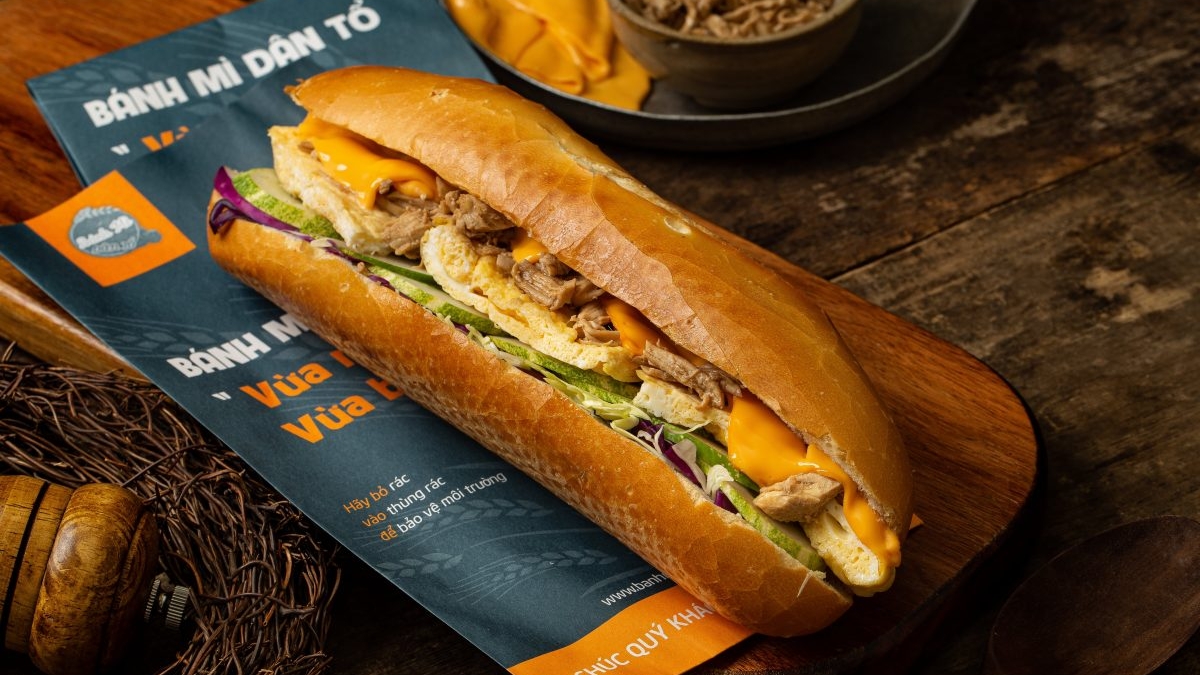

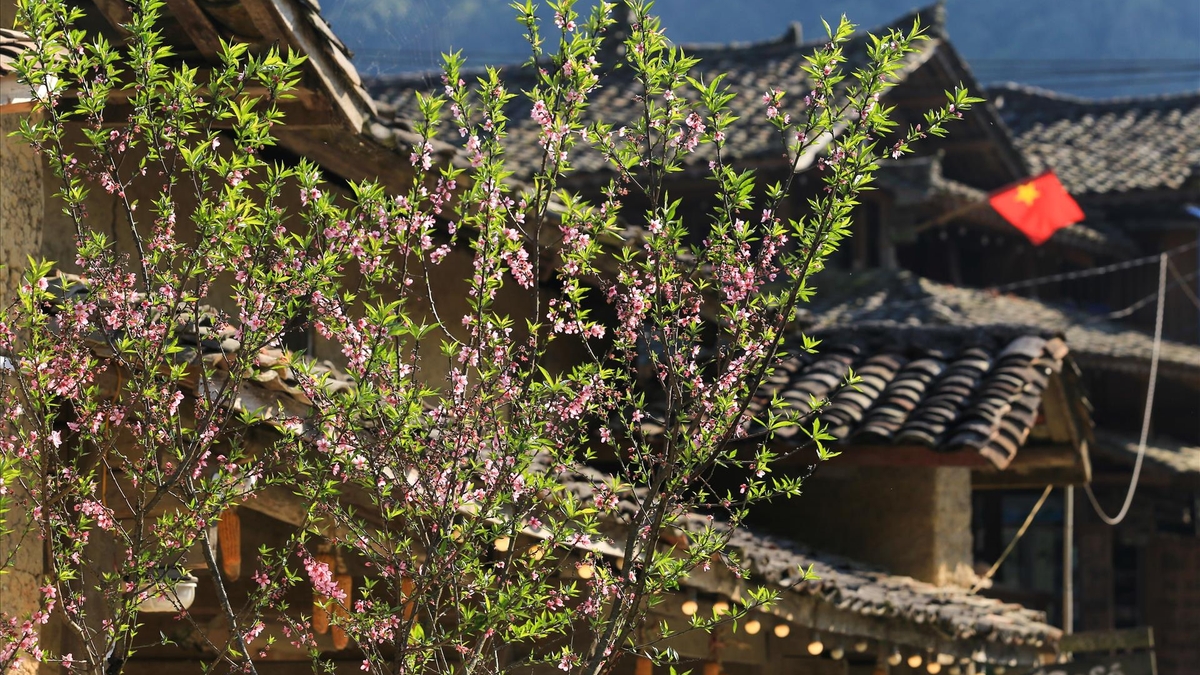
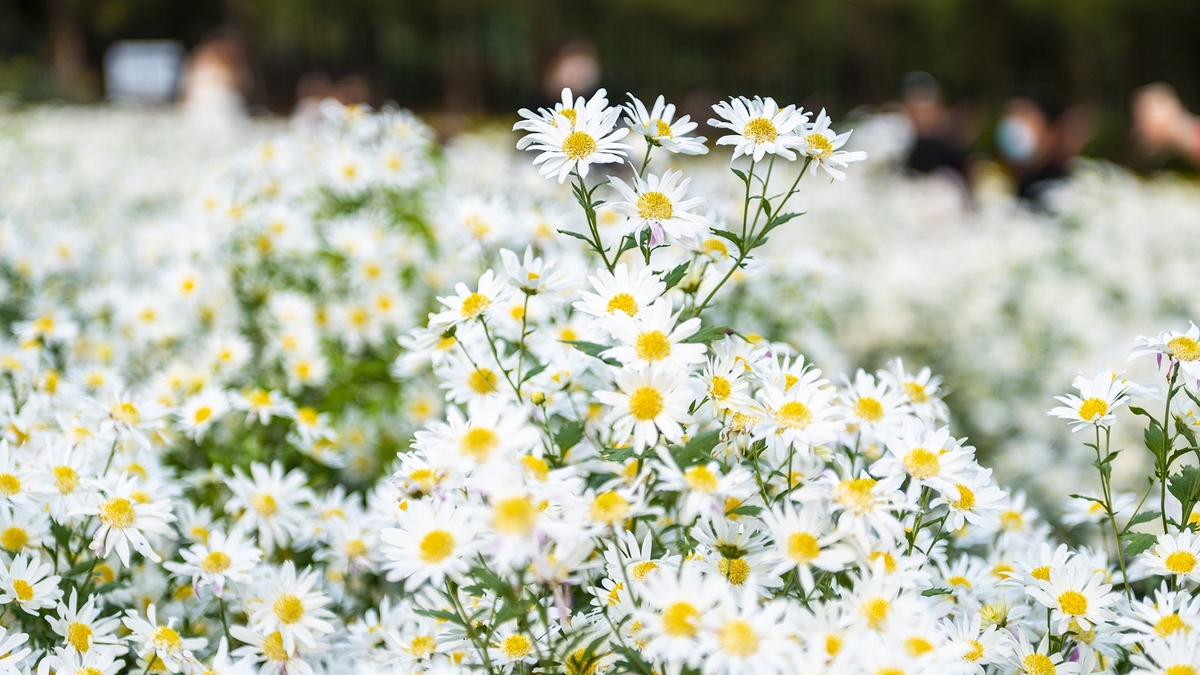
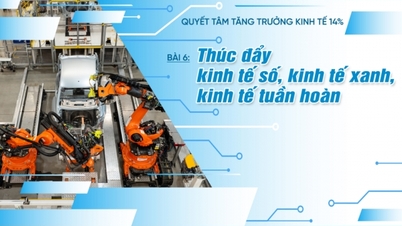
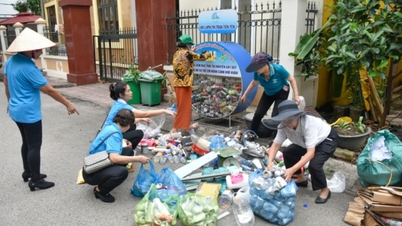
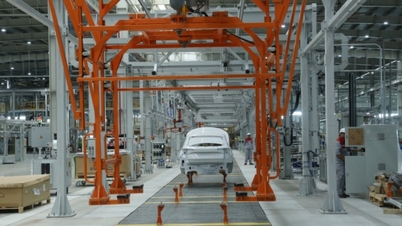
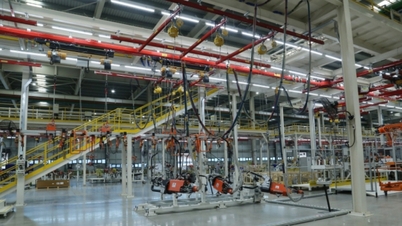
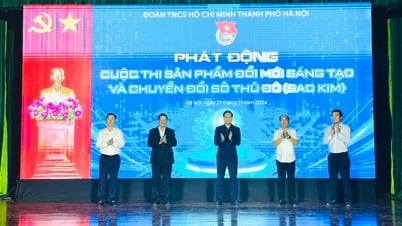


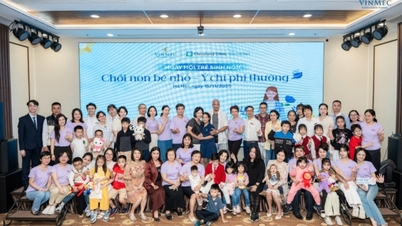




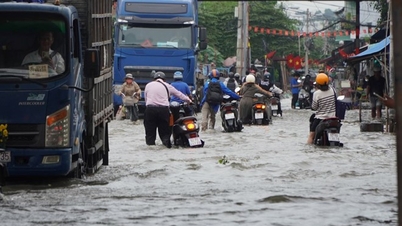
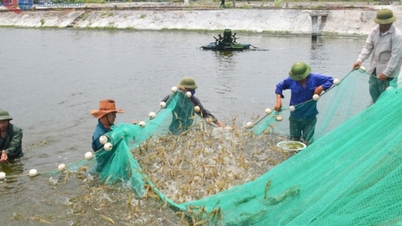





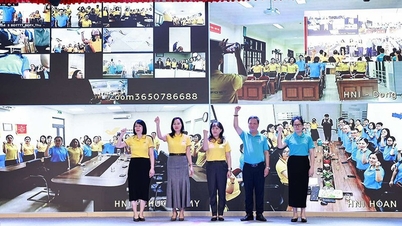




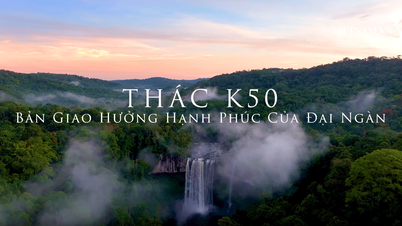
![[Photo] General Secretary To Lam and National Assembly Chairman Tran Thanh Man attend the 80th Anniversary of the Traditional Day of the Vietnamese Inspection Sector](https://vphoto.vietnam.vn/thumb/1200x675/vietnam/resource/IMAGE/2025/11/17/1763356362984_a2-bnd-7940-3561-jpg.webp)




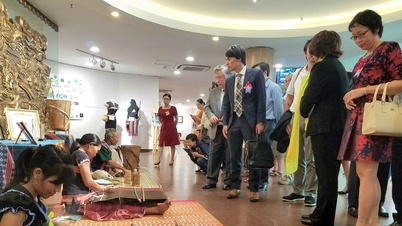






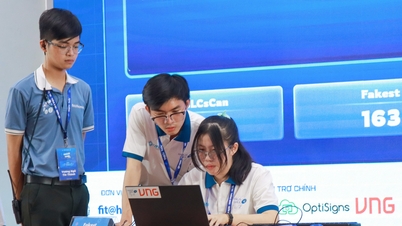


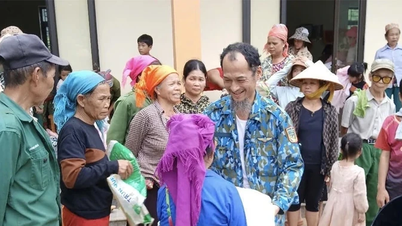



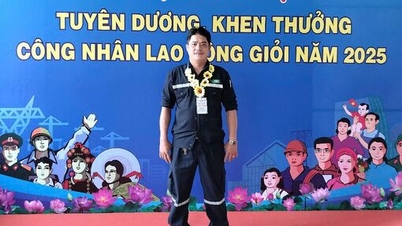






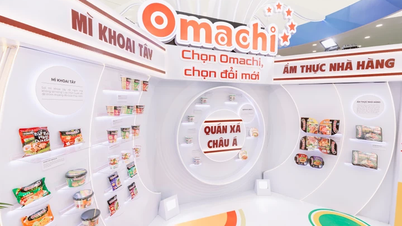

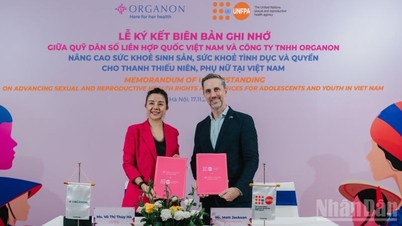






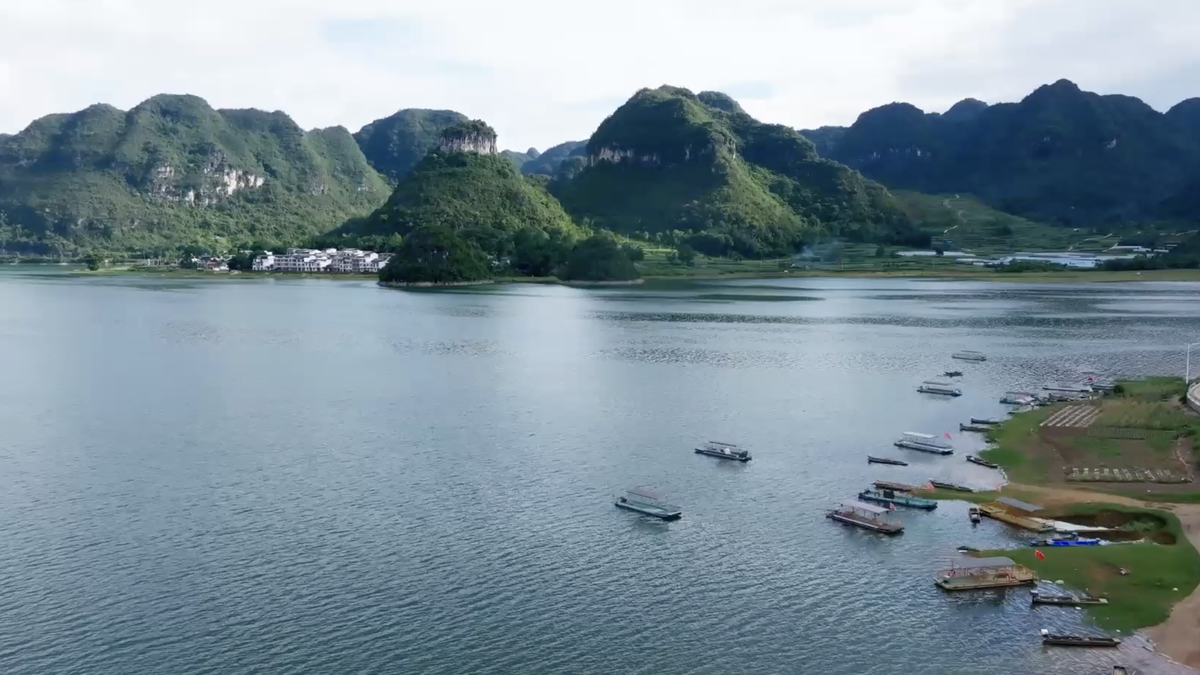
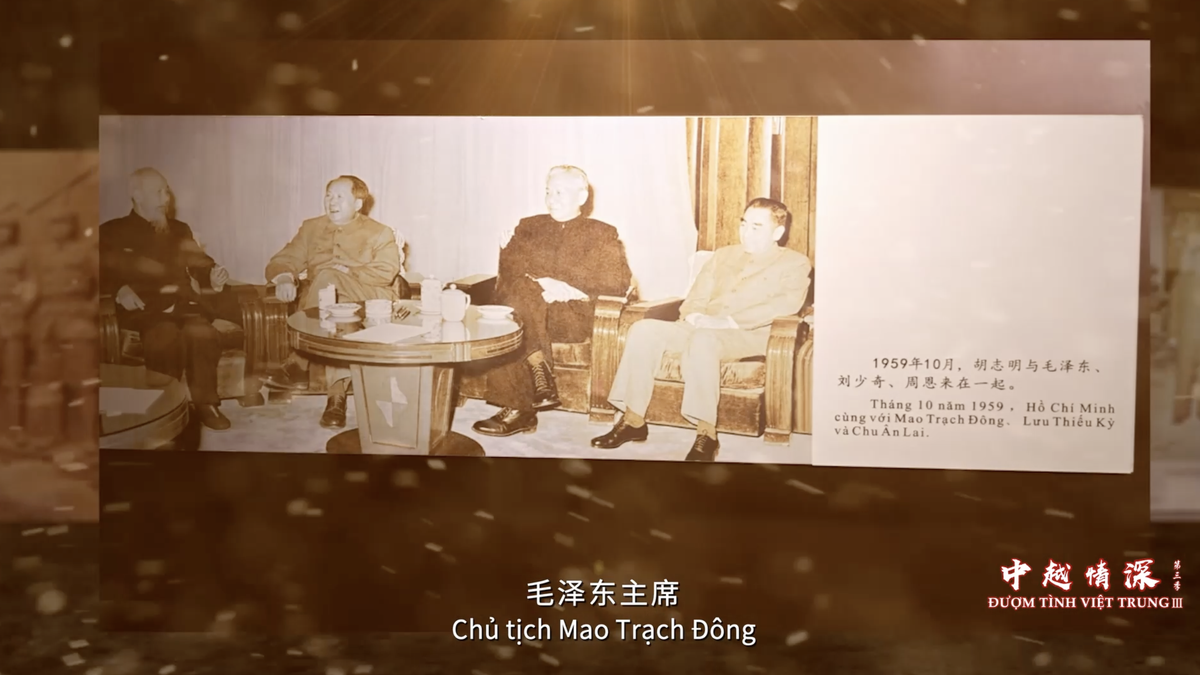
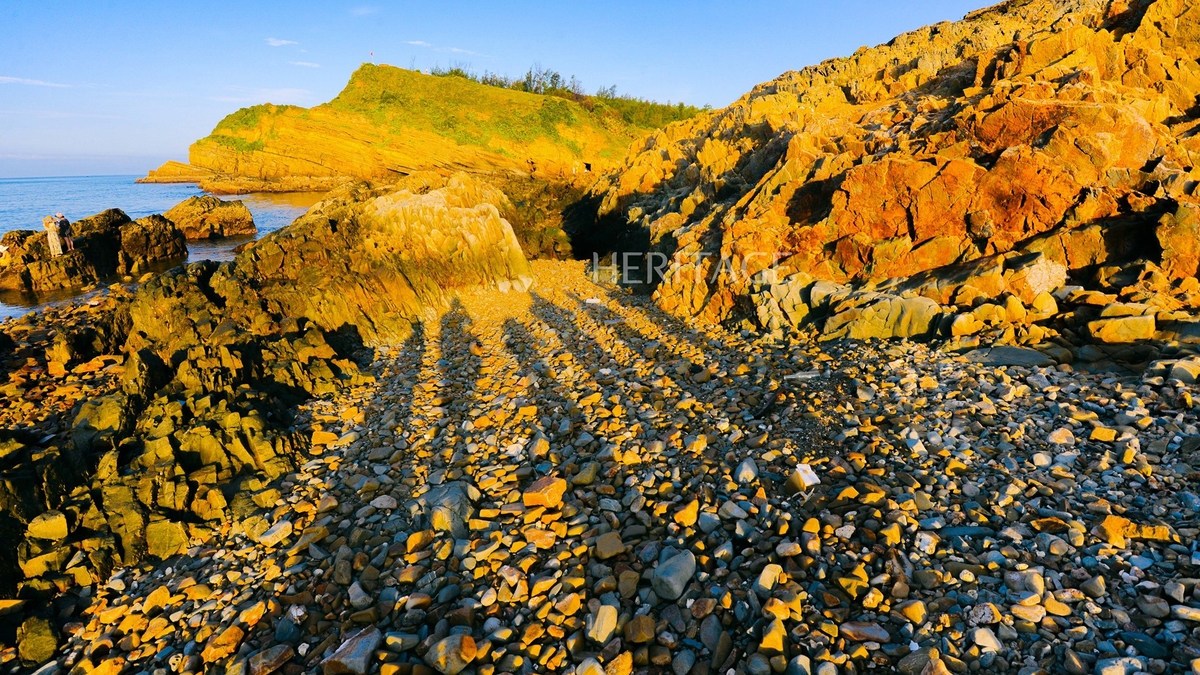

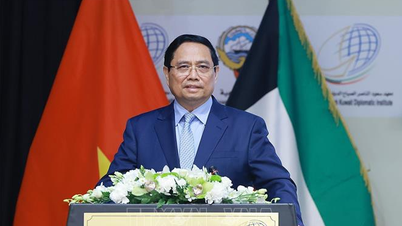

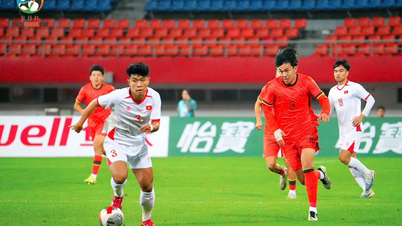














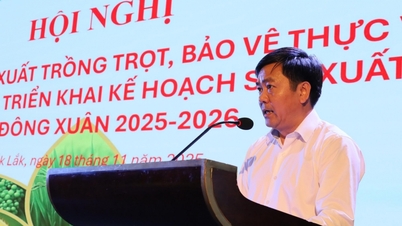










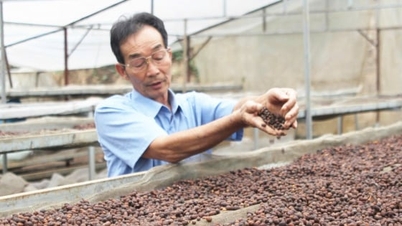
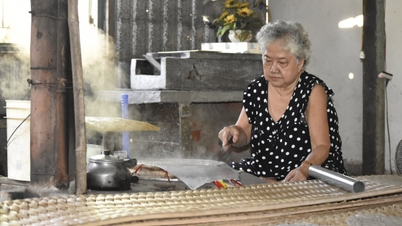



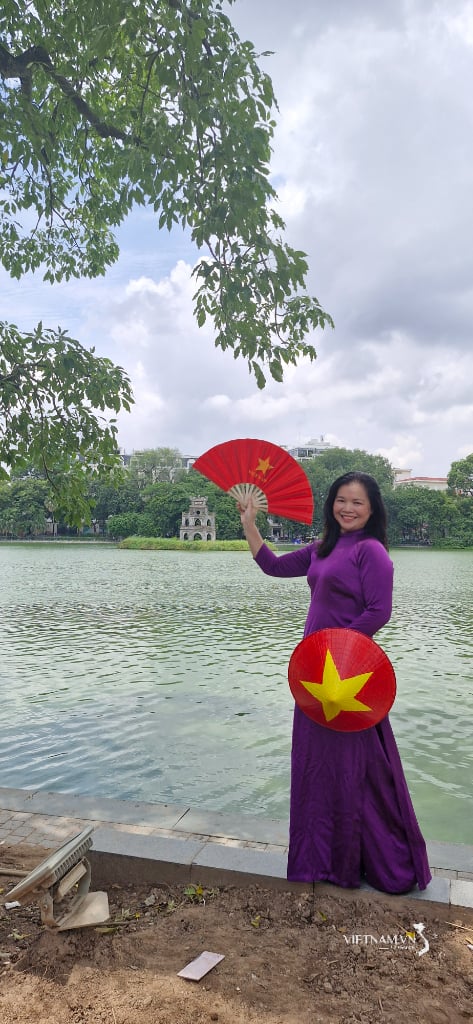
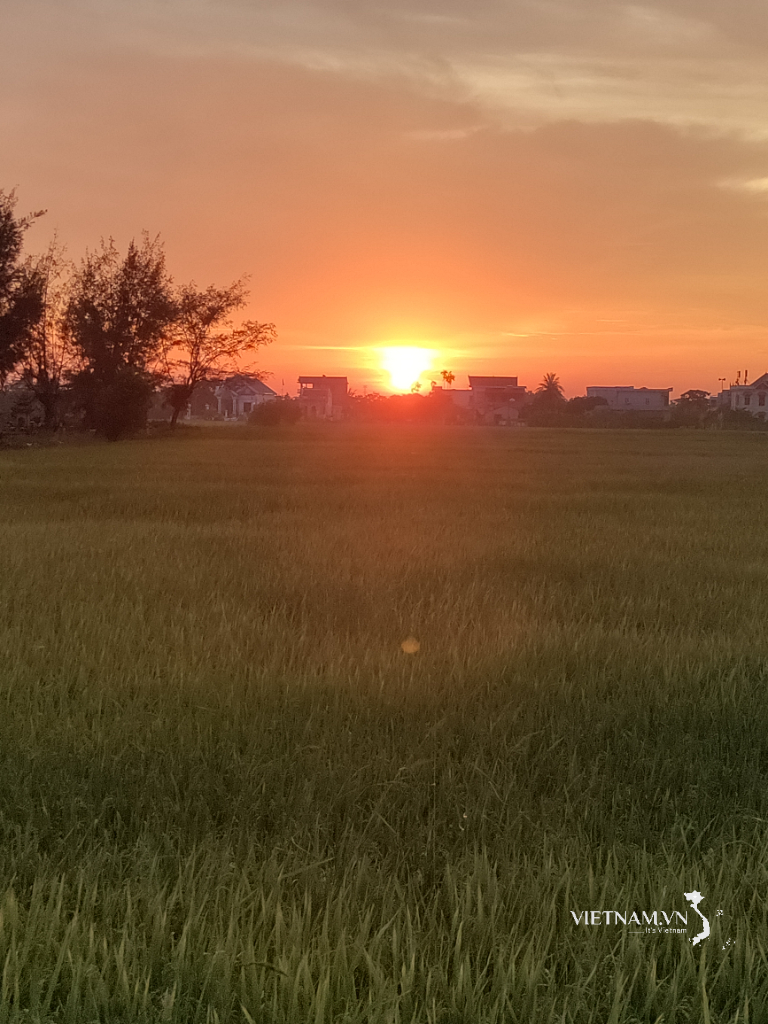

Comment (0)